Florida has 1,109 dams, averaging 50 years in age, and they come in many shapes, sizes, and materials. Some are concrete. Others involve earth and large rocks. And 24% are deemed “high-hazard” – that is, failure is expected to result in deaths and significant economic losses.
The threats some dams pose also place Florida in a great big and dangerous club, according to a 31-page report released on Friday by the United Nations University Institute for Water, Environment and Health (UNU-INWEH).
"This is an emerging global risk that we are not yet paying attention to,” Vladimir Smakhtin, UNU-INWEH director, said at a Zoom press conference on Friday. “In terms of dams at risk, the number is growing year by year, decade by decade."
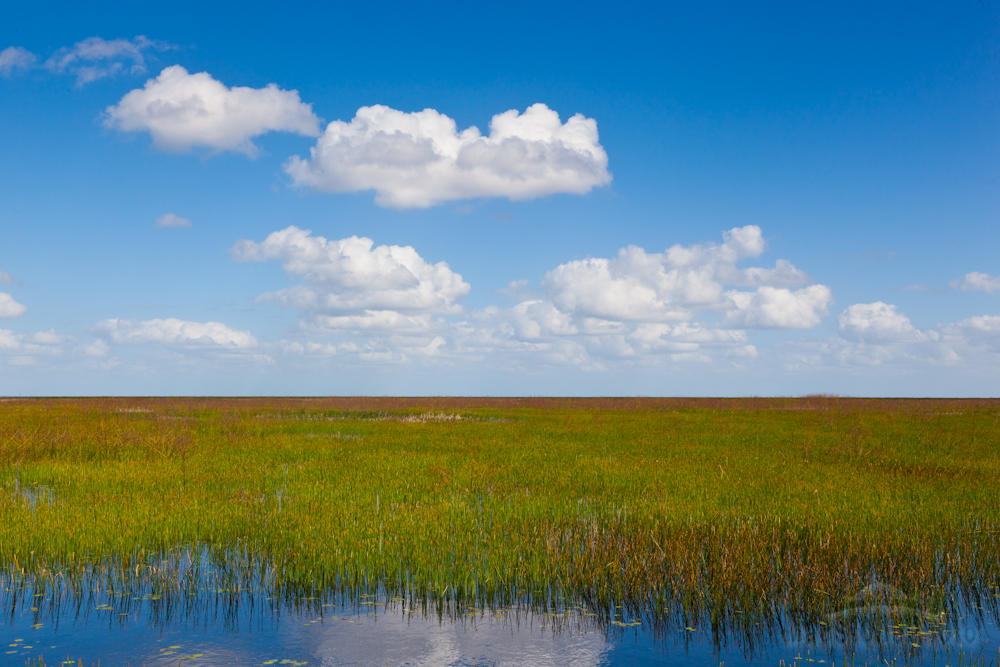 In less than 50 years, most people on Earth will live downstream of tens of thousands of large dams mostly built in the mid-1900s. A majority are already beyond their design life and at extreme risk of failure, the report says.
In less than 50 years, most people on Earth will live downstream of tens of thousands of large dams mostly built in the mid-1900s. A majority are already beyond their design life and at extreme risk of failure, the report says.
“Lake Okeechobee and the Herbert Hoover Dike immediately come to mind,” Jacki Lopez, Florida director for the Center for Environmental Diversity, said in an email.
The UNU-INWEH analysis amplifies what many Florida environmental and conservation groups have rallied against for years: Some dams continue to undermine delicate ecosystems, some possibly beyond repair.
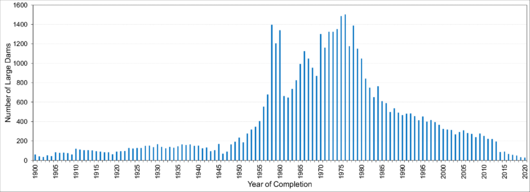 “Uncontrolled discharges from a [Rodman Dam] failure has the potential to harm up to 538 downstream parcels while also releasing built-up sedimentation into the lower Ocklawaha River and St. Johns River Estuary,” Lisa Rinaman, head of St. Johns Riverkeeper, said in an email.
“Uncontrolled discharges from a [Rodman Dam] failure has the potential to harm up to 538 downstream parcels while also releasing built-up sedimentation into the lower Ocklawaha River and St. Johns River Estuary,” Lisa Rinaman, head of St. Johns Riverkeeper, said in an email.
China No. 1 in ‘large dams’
UNU-INWEH gave media worldwide a preview of the report via email on Jan. 17.
According to its statistics, China has 23,841 so-called “large dams” (40% of the world's total). The U.S. is No. 2 (9,263), followed by India (4,407), Japan (3,130), and Brazil (1,365).
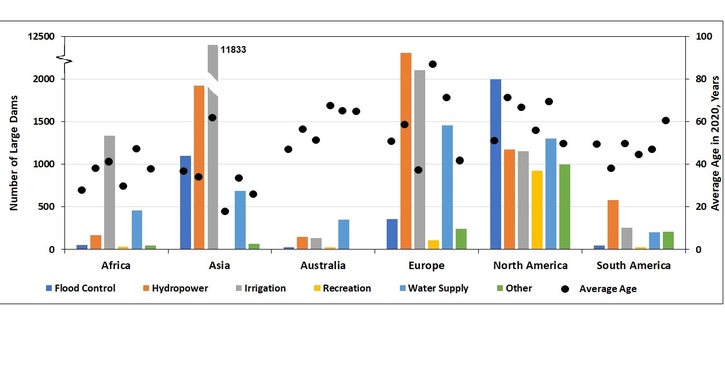 A large dam is defined as roughly 50 feet or higher from foundation to crest or a barrier that is at least 16-feet tall but impounds more than 792 million gallons, according to the International Commission on Large Dams.
A large dam is defined as roughly 50 feet or higher from foundation to crest or a barrier that is at least 16-feet tall but impounds more than 792 million gallons, according to the International Commission on Large Dams.
And unless you are a scientist, an engineer, or on psychedelics, some figures in the report are mind-blowing.
Worldwide, 2.2 quadrillion gallons of water are stored behind large dams – or 2,192,628,034,572,632 gallons. That’s enough to cover roughly 80% of Canada's landmass beneath 3.3 feet of water.
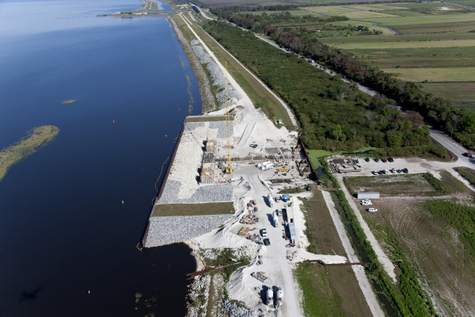 A large swimming pool can hold a million gallons of water, according to the United States Geological Survey.
A large swimming pool can hold a million gallons of water, according to the United States Geological Survey.
At its capacity, Lake Okeechobee, which covers roughly 730 square miles, can hold 1 trillion gallons. It is the third largest body of freshwater wholly within the U.S. (after Lake Michigan and Iliamna Lake in Alaska).
No wonder the name means “big water” in Hitchiti, an indigenous people who once roamed the Southeast. The region's Calusa gave it another name: "Mayami," also meaning "big water."
“The Everglades issues are complex, but the general overview is that the damming of Lake Okeechobee − which once slowly, freely flowed into the Everglades as the River of Grass − has definitively altered the environment and facilitated vast ecosystem and land-use changes,” said Lopez, a Florida native and also senior attorney for the CBD.
A Daily Fray email to the state Department of Environmental Protection was acknowledged on Jan. 19 by Deputy Press Secretary Alexandra Kuchta. A response seeking comment after the report's release has not arrived.
But Florida's dams are doing better statistically than U.S. averages. There are 91,457 nationwide dams that average 57 years in age with an eye-popping 74% in the "high-hazard" category.
The National Inventory of Dams is maintained by the U.S Army Corps of Engineers. All charts, maps, and inventory reflect 2018 data. The DEP partly defines all dams in Florida's inventory as “any artificial barrier, including appurtenant works which impounds or diverts water.”
The DEP definition does not apply to barriers less than 6 feet in height, regardless of storage capacity, “unless such barrier, due to its location or other physical characteristics, is likely to pose a significant threat to human life or property in the event of its failure.”
That may apply to Rodman Dam, a perplexing 7,200-foot-long earthen barrier completed by the Army Corps of Engineers in 1968.
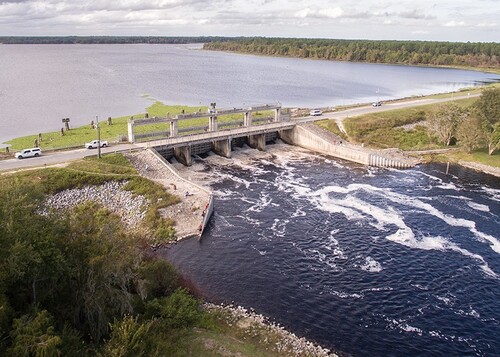
Hope for Rodman Dam ecosytems?
“Deferred maintenance on the structure presents significant failure risk to downstream properties,” Rinaman said.
Damming the Ocklawaha was proposed in 1935 as part of the Cross Florida Barge Canal project. Despite a pessimistic analysis by the USGS, the idea was to link the Gulf of Mexico and Atlantic, enabling barge traffic.
The project was ultimately defeated in 1971 in a U.S. District Court through the efforts of conservationists and famed Florida environmentalist Marjorie Harris Carr.
“The [Rodman Dam] on the Ocklawaha River never served its intended purpose,” Rinaman said. “The dam and associated locks are now past their 50-year life expectancy [and] have a backlog of $4 million in repairs.”
The outcome of the dam, according to a history compiled by the Free The Ocklawaha coalition, was devastating. Roughly 7,500 acres of forested wetlands were flooded; 16 miles of river flow – impacting at least 20 springs – ended; and upstream fish migration ceased, “affecting the ecosystems from the St. Johns River to Silver Springs and beyond.”
 “We do have concerns regarding ongoing water quality issues negatively impacting many freshwater springs, including Silver Springs and the St. Johns River,” said Rinaman (left), a member of the coalition’s steering committee.
“We do have concerns regarding ongoing water quality issues negatively impacting many freshwater springs, including Silver Springs and the St. Johns River,” said Rinaman (left), a member of the coalition’s steering committee.
“The position of the Free the Ocklawaha River Coalition is that the dam should be breached through the execution of a partial restoration alternative selected by the Governor and Cabinet in 1995 at the conclusion of the $900,000 [Environmental Impact Statement] completed by the United States Forest Service in 2001.”
Decommissioning a growing trend
The report – titled "Aging Water Infrastructure: An Emerging Global Risk" – reports most of the 58,700 large dams worldwide were constructed between 1930 and 1970 and were built to last 50 to 100 years.
At 50 years of age, a large concrete dam "would most probably begin to express signs of aging."
Those signs include increasing cases of dam failures, rising costs of repair and maintenance, growing reservoir sedimentation, and loss of a dam's functionality.
The analysis indicates well-designed and maintained dams can "easily" reach 100 years of service. It also predicts an increase in "decommissioning" – a trend gaining pace in the U.S. and Europe.
“Decommissioning becomes the option if economic and practical limitations prevent a dam from being upgraded or if its original use has become obsolete,” the report says. “However, it is primarily small dams that have been removed to date, and the decommissioning of large dams is still in its infancy.”
Climate change
The report provides an overview of dam aging by world region and function: water supply, irrigation, flood control, hydropower, and recreation. It also details the societal needs that should be weighed by policymakers.

“Notably, the nature of these varies significantly between low- and high-income countries,” the report says.
Aging also increases a dam’s vulnerability to changing climate because of exposure to more frequent and extreme floods.
"Extreme environmental events can overwhelm a dam's design limits,” said Smakhtin, one of five authors for the report.
"This problem of aging large dams today confronts a relatively small number of countries – 93% of all the world's large dams are located in just 25 nations," Duminda Perera, UNU-INWEH senior researcher and lead author of the report, also said on Friday via Zoom.
"There won't be another dam-building revolution,” Perera said. “Due to new energy sources coming online – solar, wind – a lot of planned hydroelectric dams will probably not ever be built."
» Photos, charts: UNU-INWEH, National Audubon (Lake Okeechobee, cover). USACE (Herbert Hoover Dike), freetheocklawaha.com (Rodman Dam), St. Johns Riverkeeper.
Outside
Bitcoin mining emissions in China will hit 130 million tonnes by 2024 https://t.co/w6He7so8N2 pic.twitter.com/qYUDtBdeRK
— New Scientist (@newscientist) April 9, 2021
The Gunk Report
For the Blue-Green Algal Bloom Weekly Update from the Florida Department of Environmental Protection, tap here. For DEP's Algal Bloom Sampling Map, tap here.
What, me worry?
» "PLAYING WITH SHARKS," which recently premiered at the Sundance Film Festival, documents diving legend Valerie Taylor.